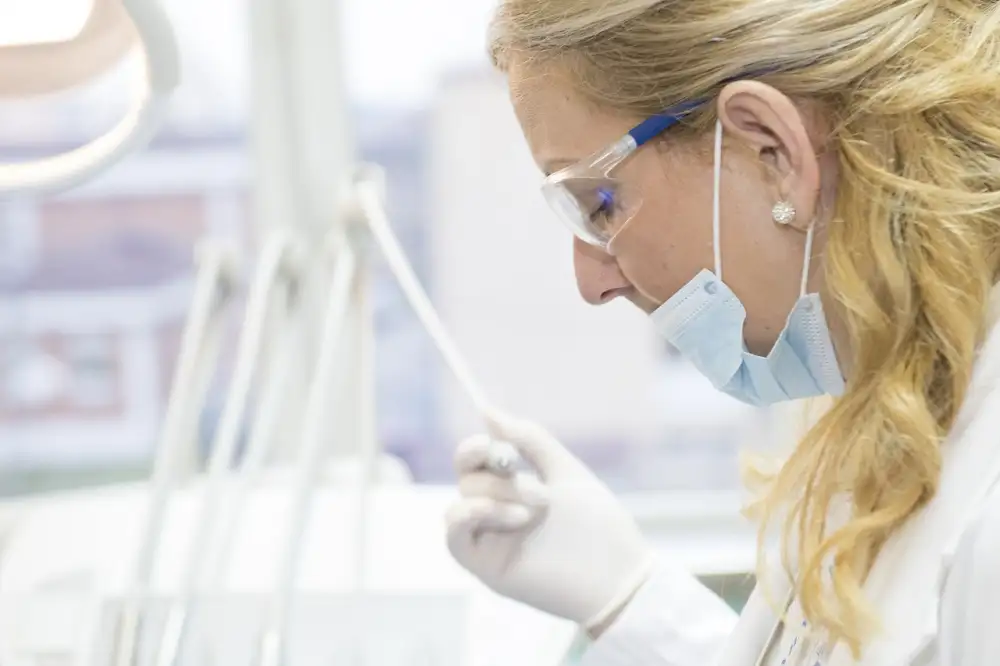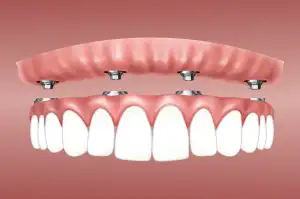Mastering the Dental Ultrasonic Cleaner Protocol: A Guide to Effective Cleaning in Dentistry

Dental ultrasonic cleaners are essential tools in maintaining the cleanliness and sterilization of dental instruments. These devices utilize high-frequency sound waves to create millions of tiny bubbles that implode, effectively removing debris and contaminants from instruments. The cleaning process is thorough, reaching areas that may be difficult to access manually. This technology not only saves time but also ensures a higher level of cleanliness, crucial for infection control in dental practices.
Importance of Proper Protocol
Proper protocol when using a dental ultrasonic cleaner is crucial for ensuring effective cleaning and sterilization of instruments. Following the correct steps helps to remove debris, bacteria, and other contaminants from instruments, reducing the risk of cross-contamination between patients. Adhering to established protocols also helps maintain the longevity of both the instruments and the ultrasonic cleaner itself, ensuring optimal performance and safety in dental procedures. Consistency in following protocol is key to upholding high standards of infection control in dental practices.
Preparing the Ultrasonic Cleaner
Preparing the Ultrasonic Cleaner is a crucial step in ensuring effective instrument cleaning in dentistry. Before use, it is essential to check that the cleaner is clean and free of any debris or residue from previous cycles. Inspect the tank for any visible contaminants and ensure that the drain valve is closed securely. Additionally, make sure that the unit is properly connected to a power source and that the water level is adequate for optimal operation. Following these steps will help maintain the efficiency and effectiveness of the cleaning process.
Placing Instruments in the Cleaner
Placing instruments in the dental ultrasonic cleaner is a crucial step in ensuring effective cleaning. It is essential to arrange the instruments in a way that allows for maximum exposure to the ultrasonic waves. Avoid overcrowding the cleaner as this can hinder the cleaning process. Ensure that all instruments are fully submerged in the cleaning solution to guarantee thorough cleaning. Additionally, make sure that delicate instruments are placed securely to prevent damage during the cleaning cycle. Proper placement of instruments will result in optimal cleaning outcomes and prolong the life of your dental tools.
Adding Cleaning Solution
Once the instruments are properly placed in the ultrasonic cleaner, it is essential to add an appropriate cleaning solution. The cleaning solution plays a crucial role in enhancing the cleaning process by breaking down stubborn debris, bacteria, and other contaminants on the instruments' surfaces. It is recommended to use a solution specifically formulated for ultrasonic cleaners to ensure optimal results.
When adding the cleaning solution, it is important to follow the manufacturer's instructions regarding the dilution ratio. Using too much or too little cleaning solution can impact the effectiveness of the cleaning process. Typically, a small amount of concentrated cleaning solution mixed with water is sufficient to create an effective cleaning solution for the ultrasonic cleaner.
The type of cleaning solution used may vary depending on the type of instruments being cleaned and the level of contamination present. For example, enzymatic solutions are effective for breaking down protein-based debris, while alkaline solutions are suitable for removing mineral deposits.
By adding the appropriate cleaning solution to the ultrasonic cleaner, you can ensure that your instruments undergo a thorough and efficient cleaning process, ultimately leading to improved sterilization outcomes and maintaining a high standard of infection control in dental practices.
Setting the Timer and Temperature
Setting the timer and temperature on the dental ultrasonic cleaner is a crucial step to ensure effective cleaning. Most ultrasonic cleaners have adjustable timers ranging from 1 to 30 minutes, with optimal cleaning typically achieved in 5-10 minutes. The temperature setting is usually around 50-60 degrees Celsius, as higher temperatures can damage delicate instruments. It's important to follow manufacturer guidelines for specific settings based on the type of instruments being cleaned. Properly adjusting the timer and temperature will help maximize the cleaning efficiency of the ultrasonic cleaner.
Activating the Ultrasonic Cleaner
Activating the Ultrasonic Cleaner is a crucial step in the cleaning process. Once the instruments are placed in the cleaner and the appropriate cleaning solution is added, it's time to set the timer and temperature according to manufacturer guidelines. Typically, a cleaning cycle lasts between 5 to 20 minutes, depending on the type of instruments being cleaned. The ultrasonic waves generated during this process create millions of microscopic bubbles that implode, effectively removing debris from hard-to-reach areas of the instruments. This cavitation process ensures thorough cleaning without causing damage to delicate instruments. It's essential to follow the recommended settings and not overload the cleaner to ensure optimal cleaning results.
Post-Cleaning Inspection
After the cleaning cycle is complete, it is crucial to perform a post-cleaning inspection to ensure that all instruments are thoroughly cleaned. Inspect each instrument carefully for any remaining debris or residue. Pay close attention to hard-to-reach areas and intricate parts of the instruments. If any residue is found, repeat the cleaning process or manually clean the affected areas. Additionally, check for any damage or corrosion that may have occurred during the cleaning process. Proper post-cleaning inspection ensures that instruments are safe for use on patients and helps maintain their longevity.
Drying and Sterilization of Instruments
Once the instruments have been cleaned in the dental ultrasonic cleaner, it is essential to properly dry and sterilize them before use. After removing the instruments from the cleaner, rinse them thoroughly with water to remove any remaining cleaning solution. Next, place the instruments in a sterilization pouch or cassette designed for autoclaving. Ensure that the pouch is properly sealed before placing it in the autoclave for sterilization. Follow manufacturer guidelines for correct sterilization time and temperature to effectively kill any remaining bacteria or pathogens on the instruments. Once sterilized, store the instruments in a clean and dry environment until ready for use to maintain their sterility. Regular monitoring of autoclave performance and maintenance is crucial to ensure proper sterilization of dental instruments.
Maintenance of the Ultrasonic Cleaner
Maintenance of the Ultrasonic Cleaner is crucial to ensure its optimal performance and longevity. Regular maintenance includes cleaning the tank and lid with a non-abrasive cleaner after each use to prevent buildup. Additionally, it is essential to check and replace the water regularly to maintain proper cleanliness. Inspecting the transducers for any damage or debris buildup is also important. Finally, following the manufacturer's guidelines for maintenance schedules and procedures will help keep the ultrasonic cleaner in top condition for effective instrument cleaning.
In conclusion, mastering the dental ultrasonic cleaner protocol is crucial for ensuring effective cleaning in dentistry. By following the proper protocol, dental professionals can maintain a high standard of cleanliness and sterilization for their instruments. This not only helps prevent cross-contamination and infection but also prolongs the lifespan of the equipment. Ultimately, adhering to the correct procedures benefits both patients and practitioners by promoting a safe and hygienic environment in the dental office.
Published: 02. 04. 2024
Category: Health



